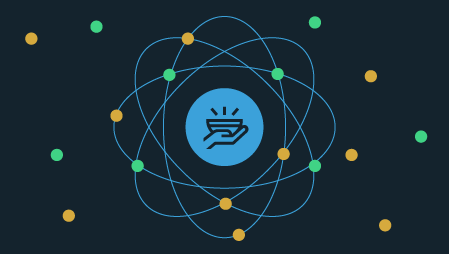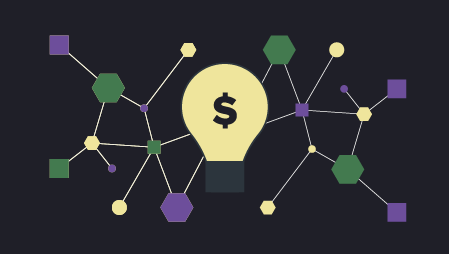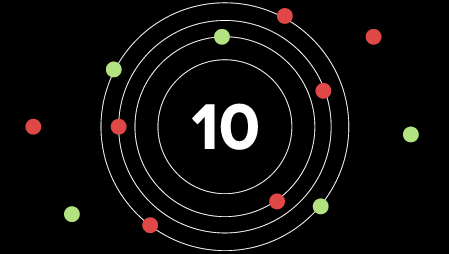Ready to learn Internet of Things? Browse courses like Internet of Things (IoT) Training developed by industry thought leaders and Experfy in Harvard Innovation Lab.
Even if you’re not much interested in the latest gadgetry, the massive CES (formerly Consumer Electronics Show) in Las Vegas is worth observing — preferably from afar — for the overarching zeitgeist and emerging trends in IoT, smart home and consumer tech generally.
This is especially true today when consumer tech and business computing are often one and the same. It seems quaint, in this world of smartphones, that BYOD was once a topic of hot debate.
I’m not sure that type of convergence is happening with IoT, though. At least not yet.
Solutions in search of problems
Taylor Lorenz wrote about how “CES was full of useless robots and machines that don’t work.” Her observations pretty much line up with my overall take on smart home devices — so many are solutions in search of problems.
I have a few connected monitoring devices of various sorts in my house. They let me virtually drop in when I’m traveling, which provides some level of comfort.
For the most part, though, smart home gadgetry is aimed at solving problems most of us don’t actually have. Flicking a light switch or going to the door if someone knocks rank very far down the list of things I need to automate and complicate. (Of course, if someone is mobility-impaired I can fully understand why devices to help with these things could be useful, but that’s a corner case.)
Clean the house, wash and put away the dishes, do laundry? In other words, truly interact with the physical world. Now we’d be talking. But most smart home devices can’t actually do any of these things or, if they do, they do so in such a limited way that they’re effectively useless. There are partial exceptions, like the Roomba and its knockoffs, but even those require the right layout of house to be genuinely useful.
Furthermore, a lot of this stuff not only solves problems we don’t have, but does it badly. I’m pretty experienced with electronics and networking and I still fully expect that unboxing one of these creations will be the prelude to an hour or two of cursing, upgrading firmware, rebooting and other aggravations.
User experience rules
By contrast, smartphones and consumer-oriented web apps won because they were better. Consumers liked iPhones and Android phones better than they liked BlackBerry phones. They liked modern, responsive web interfaces better than they liked their enterprise app
That’s not hard. Admittedly, a user experience that leads to sending a ballistic missile warning by mistake is a particularly extreme case in point. But, let’s face it, a lot of traditional enterprise apps are pretty user hostile. But consumer IoT hasn’t put user experience in the forefront as successful consumer products do.
It doesn’t have to be this way.
The principles for IoT design are different from more traditional interfaces, but they can still be deliberately designed as Catherine Robson discusses in the video “Building your Internet of Things (IoT) User Experience.”
We can also think about new types of interfaces.
Voice interfaces may be one class of device that has potential both in the home and in business settings. The Amazon Echo in particular apparently had a great holiday season. Amazon promoted and discounted aggressively and, at about $30, it hit a sweet spot for gift giving.
Voice has its challenges as an interface. And once the novelty wears off, a lot of people probably don’t use these assistants for much. But that’s in part because none of them do a very good job of parsing complicated questions. That’s certain to improve over time. And when it does, they could become useful in a variety of situations where you need information or need to give a command without using your hands. (For a simple example, my dentist uses one as a timer.)
Improving the IoT device experience doesn’t have a single solution. It needs design. It probably needs new technologies and approaches that make set up and maintenance more automated. And even after all that, a lot of devices will still be useless.



